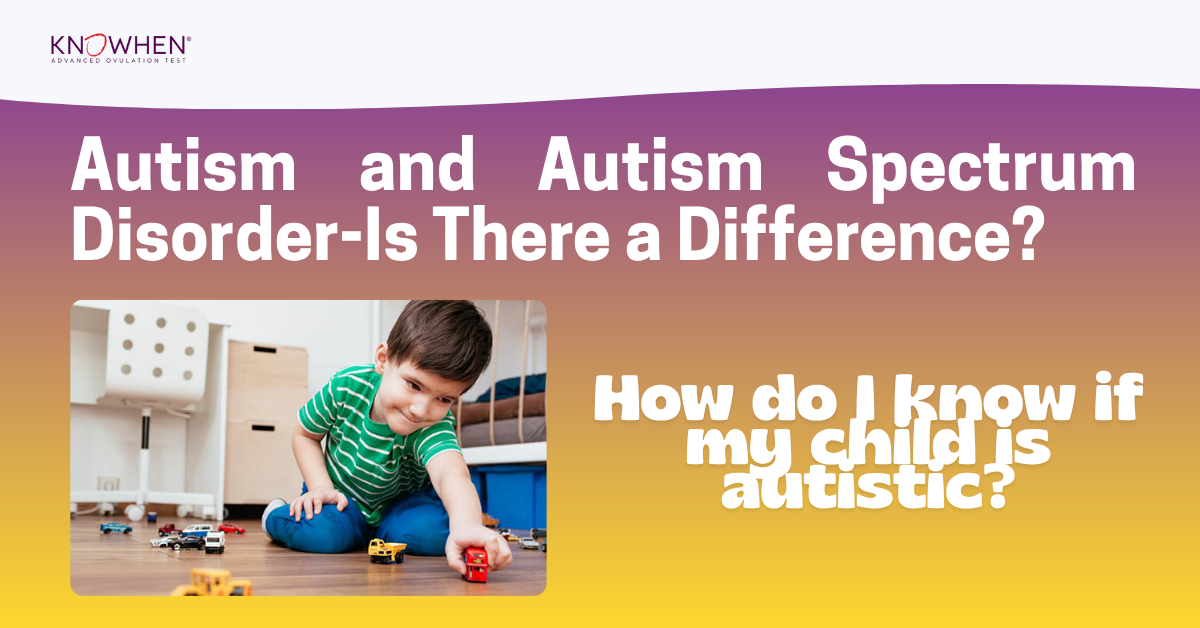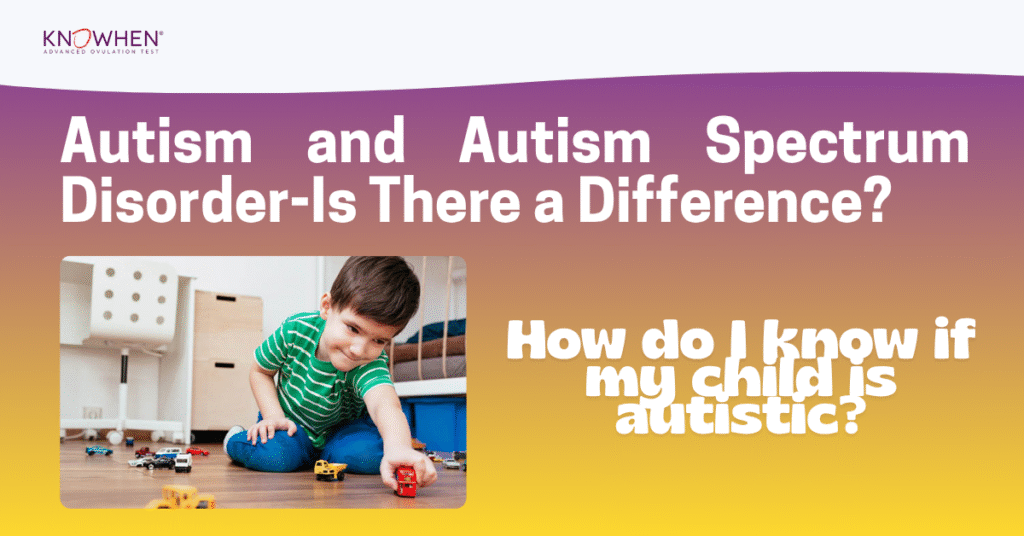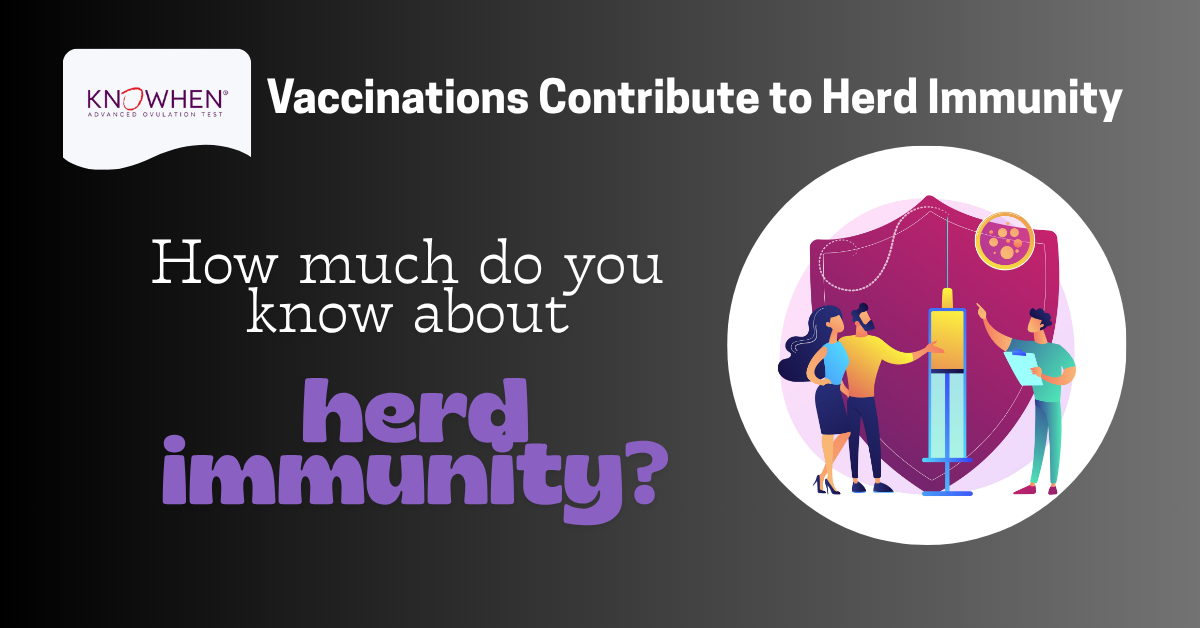
- All it takes is just a drop of saliva

Like so many diagnoses today, a given disease can be called by its name, such as autism, and then the use of a fancy name is created for virtually the same disease, but in some form that fits the conditions of coding for medical billing better than just the name for the disease. Which brings us to the question of whether there is a difference between autism and autism spectrum disorder (ASD).
In theory, there is no difference except that autism spectrum disorder (ASD) is a newer term introduced in 2013 to broaden the diagnostic umbrella to include conditions such as Aspergers syndrome and PDD-NOS (Pervasive Development Disorder-Not Otherwise Specified) under a single diagnosis. Autism is a less formal term, like diabetes instead of diabetes mellitus type 2. All people with autism spectrum disorder have challenges with interaction and social communication as well as repetitive behaviors or restricted interests. These characteristics vary widely.
There is No Cure for Autism
There is no known cure for autism spectrum disorder. It is a neuro developmental condition lasting a lifetime. With autism, some treatments consist of working on behaviors. Applied behavior analysis is a therapy which focuses on improving social communication and daily living skills. Practicing relaxation techniques such as deep breathing may also help. Plush toys, and stuffed animals are classic comfort items that offer emotional support can be used to provide a sense of familiarity, especially in unfamiliar surroundings.
There are no specific medications for autism treatment, but there are some drug treatments available which address conditions like attention deficit hyperactivity disorder (ADHD), seizures, or depression. Some medications can minimize sensory overload to create a calming environment.
Symptoms of Autism Can Vary
Symptoms of autism can vary, but they usually include:
poor communication skills,
restricted interests,
limited or no verbal skills,
repetitive behaviors such as hand flapping, and
poor eye contact.
In infants one to three months old, babies might avoid eye contact during activities like nursing, and might be past year and harder to comfort than neurotypical infants. They might experience distress from certain textures, change of textures, clothing and sensory overload from toys that are noisy or have flashing lights.
As your baby grows, you may see other signs of autism such as poor communication skills, restricted interests, limited or no verbal skills, repetitive behaviors such as hand flapping, and poor eye contact.
Not all toddlers who exhibit these signs will have ASD, but if your child exhibits some of these signs, you should find a healthcare provider to evaluate your concerns and offer guidance in how to deal with the behaviors you’ve observed. Early treatment can make a significant difference in outcomes for children with ASD.
The diagnosis of ASD often occurs between the ages of two and three. According to the Centers for Disease Control and Prevention (CDC), autism diagnosis can be appropriately determined as early as 18 months.
Screening for ASD is usually done at the 9-month, 18-month, two-year, and three year wellness checkups.
Autistic Children Can Be Comforted
Although there is no cure for autism, autistic children can be comforted. Plush toys and stuffed animals are classic comfort items that offer emotional support, providing a sense of familiarity and comfort, especially in unfamiliar or challenging situations.




The KNOWHEN® Ovulation Test tracks your ovulation using only a drop of your saliva. It identifies your five (5) most fertile days and the best days in your ovulation cycle if you’re trying to conceive.